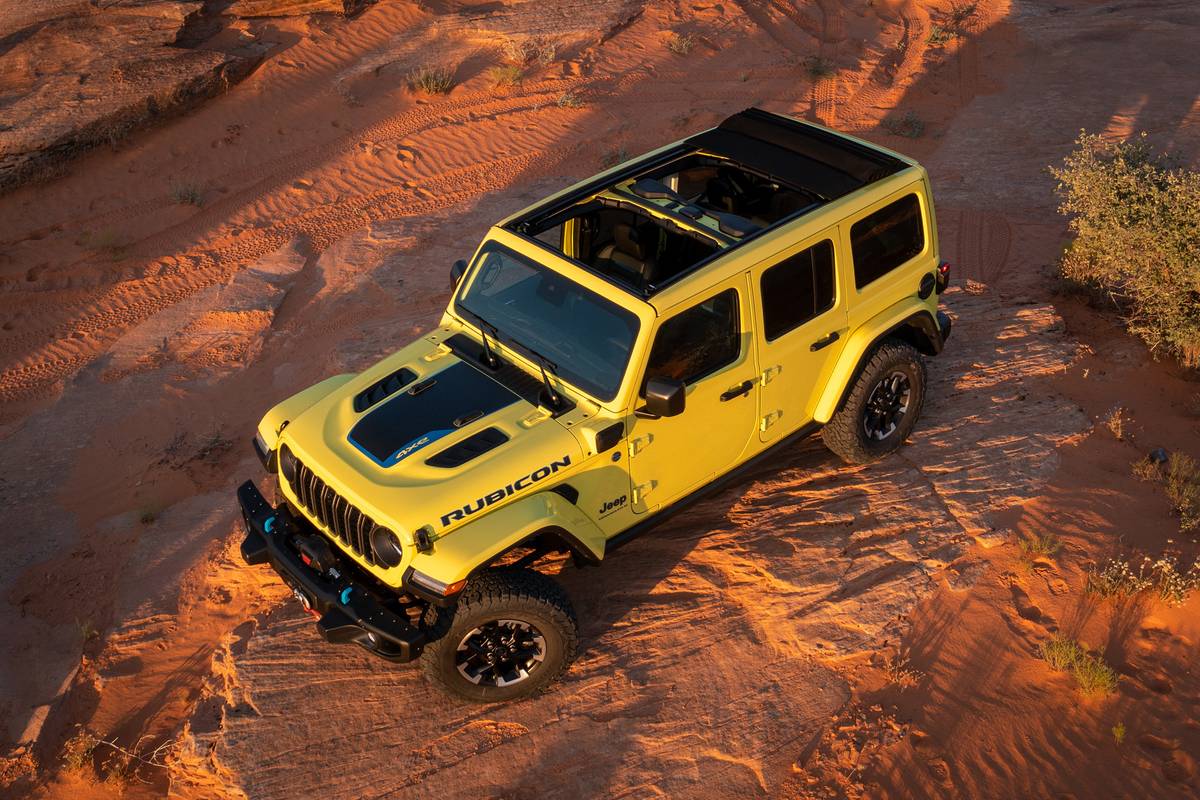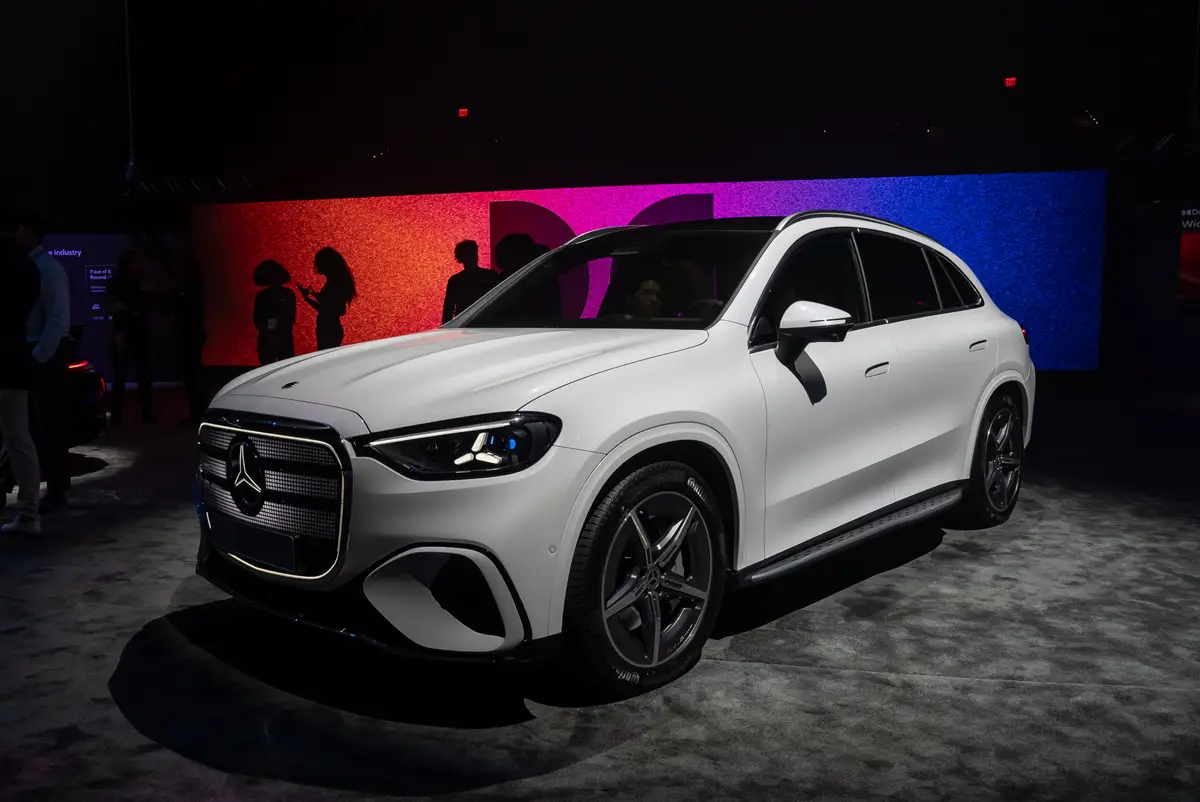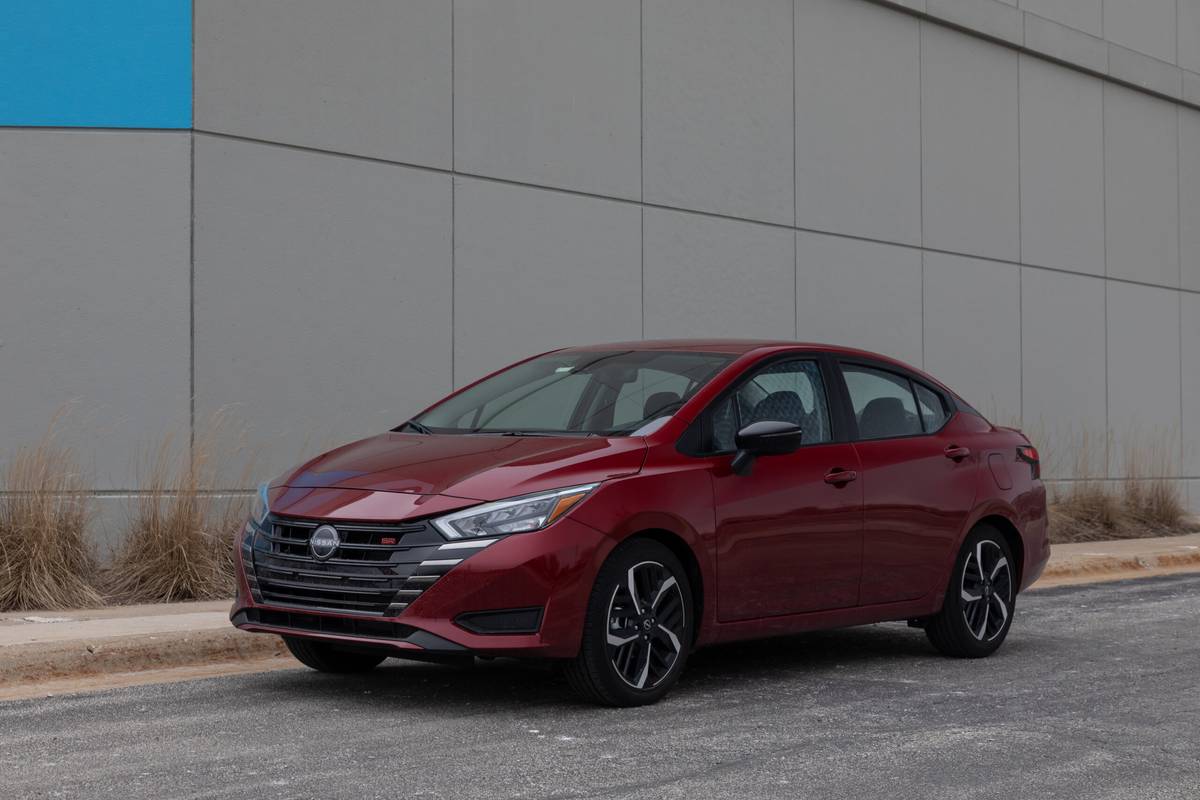Boston.com's view
The good things about sport utility vehicles: running gear that gives you four wheels biting in bad weather; excellent ground clearance for snow and offroad terrain; high seating that provides good views and a sense of safety; and the power to haul lots of people and gear or tow your boat.
The bad things about SUVs: People drive them too fast because they feel empowered by them; their height and weight make them tip over more easily than standard autos; they are overly imposing for folks driving smaller cars; and they are, in some circles, downright politically incorrect.
Hence, a blurring at the edges in the auto industry as manufacturers try to design the Swiss Army knife of vehicles: one that gives you most of the benefits of the SUV while eliminating the faults. Idiot drivers they can’t do much about, but the vehicles they can. Toyota, builder of five models of SUV, has stepped into this niche by placing the Highlander smack in the middle of its lineup: RAV4, 4Runner, Highlander, Sequoia, and Land Cruiser. Of the five, I would rank the Highlander as closest to being a station wagon loaded with SUV attributes. And it is precisely the folks who are looking for such a vehicle that Toyota is targeting with this rig.
Granted, it’s got that SUV look (sort of) that many buyers still demand. It’s squared off, bulky, has a beefy front bumper, fog lights implanted beneath the headlights, cavernous wheel wells, and a grille like gnarly teeth.
Ah, but it’s built on a Camry platform, is generically related to its cousin, the Lexus RX 300, and has squeak- and groan-resistant unibody construction. Toyota calls it an SUV. I call it a station wagon on steroids.
It’s got the width and wheelbase (or better) of competitors like the Ford Explorer or Chevrolet Blazer. But it’s only 66 inches high and weighs, for instance, almost 500 pounds less than the Explorer.
Sit inside, and you feel SUV all about you: high views, great space, and visibility to all quarters that is better than any I have seen. If you worry about traffic all around you and want to see what it’s up to, this is the car for you. Inside, it’s not real fancy, but that’s a Toyota trait. You pay for quality, not flash. The front standard captain’s chairs are wide and supportive, both beneath the legs and up the torso. The middle seat holds three comfortably and folds flat to open up spacious cargo capacity.
The dash slopes away from you even as it delivers, slant down and at you at its center, a slick array of climate and audio controls. Toyota did not fool around here, eschewing the myriad, confusing, and tiny approach that too many manufacturers still employ. The buttons and knobs are big – oversized even – and easy to use. Even the shift for the four-speed automatic transmission seems to drop out and into your hand.
I did find it a bit odd that, for all this function, Toyota left the space between the front seats open and flat – no st orage space here.
The Highlander comes in either front-wheel or all-wheel drive with lightweight viscous coupling providing the link between front and rear wheels and the car’s electronic brains distributing torque front and rear as slippage is detected.
Suspension includes struts, coil springs, lower control arms, and antiroll bar up front, while in the rear, struts and coils are assisted by dual lateral links and an antiroll bar.
The result is a soft but assuring highway ride – whisper quiet by the way – with only a small but safely absorbed sense of body roll. In one of the late New England snowstorms we had, it behaved fine, although as seems to be the case with Toyota’s traction control systems, you have to be patient and let the system do the work. In fact, while this is a good hauler of people and gear (and a tower of smaller boats), it’s not the SUV you’d pick if you were into heavy offroading. Of course, research shows that 90 percent of the folks who buy UVs that are capable of heavy thumping never take them offroad anyway.
The Highlander is here for those folks who have been buying needless but expensive hardware.
And in an attempt to address another of the problems of SUVs – big motors with voracious gasoline appetites – Toyota offers the Highlander with a 4-cylinder, 155 horsepower engine. That engine would be fine for two people and their vacation goodies or a young couple with small childen, but if you have a growing family and want to haul serious vacation accouterments, I’d go with the V-6 that came in the test vehicle.
It delivers 220 horsepower and does so with a wonderful, smooth basso rumble and still manages around 20 miles per gallon.
And while Toyota did not go overboard with interior plushness, it made safety a strong point, with dual front air bags, whiplash resistant seats, and antilock brakes with brake assist standard. Options include skid/traction control and front side air bags.
This is a tight, quiet, utilitarian package and, at $4,000 to $10,000 cheaper than some of its competitors (Volvo XC, Audi allroad quattro, Mercedes M320), well worth looking at if you want utility and at least some of the good aura of an SUV.
You’ll feel like you’re in an SUV, but you’ll have the feel of driving a sedan. Not a bad combo.
Nice touch:The fold-out storage bin built into the dash just to the left of the steering wheel. Good use of normally dead space.
Annoyance:The fold-out storage bin built into the dash just to the left of the steering wheel. Leave it open by mistake, and you’ll end up with a sore spot on the side of your knee. Should have been positioned just a bit higher.
Latest news



